The Porsche 917 is a machine that defies logic. When it was unleashed upon the world in the late 1960s, it wasn’t just another race car—it was a statement. A statement that Porsche, a company known for its precision engineering, was ready to dominate endurance racing in the most brutal way possible. And dominate it did. The 917 wasn’t just fast; it was terrifyingly fast. Capable of maintaining an average speed of 240 km/h over 24 hours, it rewrote the rules of what a racing car could achieve.
To understand the magnitude of this achievement, one must first grasp the insanity of endurance racing. Unlike sprint races where raw speed is the only concern, endurance events like the 24 Hours of Le Mans demand reliability, efficiency, and consistency—all while pushing the limits of mechanical and human endurance. The idea that a car could sustain such ludicrous speeds for an entire day was unheard of before the 917. It wasn’t just a car; it was a force of nature.
The development of the Porsche 917 was a gamble. At the time, Porsche was still establishing itself as a powerhouse in motorsport, and the 917 project was a high-risk, high-reward endeavor. The car was built to comply with the FIA’s new Group 4 regulations, which required at least 25 units to be produced for homologation. Porsche barely met the deadline, assembling the required cars in a frantic rush. Many of them were barely functional, but it didn’t matter—the 917 was born.
What made the 917 so special was its engineering. The car featured a lightweight tubular spaceframe chassis, wrapped in an aerodynamic body that evolved dramatically over its racing career. Early versions were unstable at high speeds, earning the nickname "the widowmaker" among drivers. But Porsche’s relentless development turned it into a monster that could slice through air with minimal resistance. The 4.5-liter flat-12 engine, later expanded to 5.0 liters, produced upwards of 600 horsepower—an absurd figure for the era.
The true measure of the 917’s dominance came at Le Mans. In 1970, the car secured Porsche’s first overall victory at the legendary race, with Hans Herrmann and Richard Attwood behind the wheel. But it was the following year that cemented its legacy. The 917 Kurzheck (short-tail) and Langheck (long-tail) variants were unleashed, and the competition stood no chance. The winning car, driven by Gijs van Lennep and Helmut Marko, set a distance record that stood for decades—5,335 kilometers at an average speed of 222 km/h. In testing, the 917 had already proven it could sustain 240 km/h over a full day. The world had never seen anything like it.
Driving the 917 was an exercise in courage. The noise alone was enough to shake a person to their core—the flat-12 engine screamed at a frequency that rattled bones. The cockpit was cramped, hot, and unforgiving. At top speed, the car demanded absolute focus; any mistake would be punished mercilessly. Yet, in the hands of skilled drivers, the 917 was a weapon of precision. It didn’t just win races; it humiliated them.
Today, the Porsche 917 is more than just a relic of motorsport history. It’s a symbol of what happens when engineering brilliance meets unshakable ambition. No other car before or since has so thoroughly redefined the limits of speed and endurance. The 917 wasn’t built to compete—it was built to annihilate. And for a glorious, terrifying moment in racing history, it did exactly that.
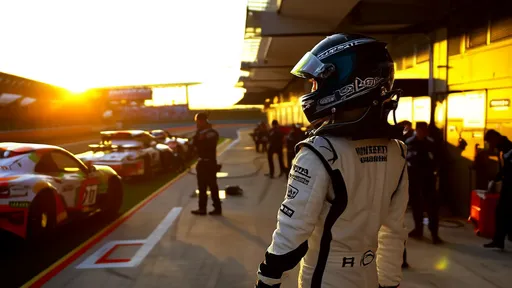
By /Jun 14, 2025
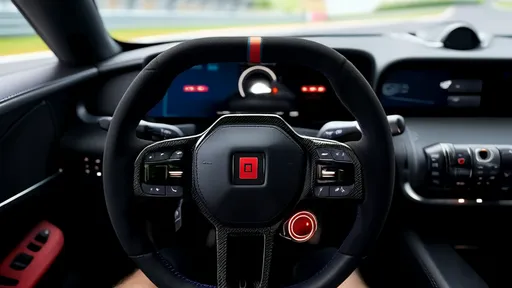
By /Jun 14, 2025
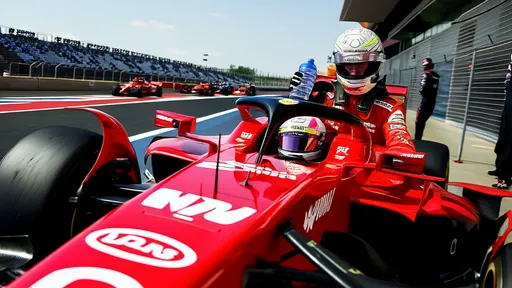
By /Jun 14, 2025
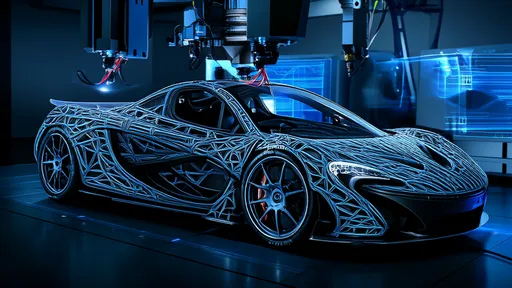
By /Jun 14, 2025
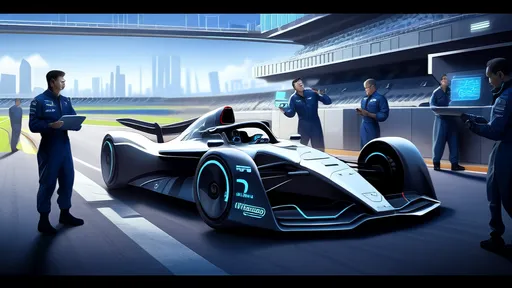
By /Jun 14, 2025
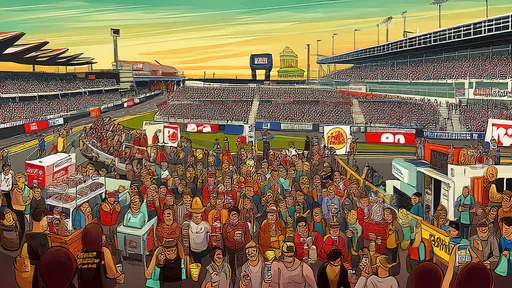
By /Jun 14, 2025
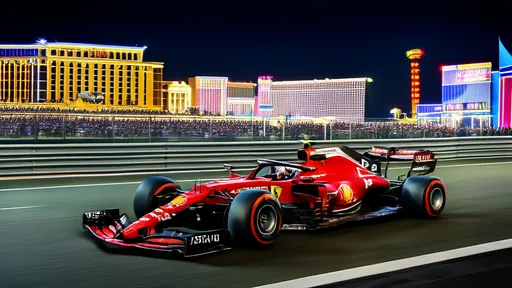
By /Jun 14, 2025

By /Jun 14, 2025
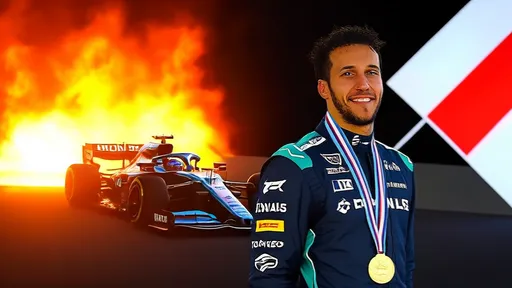
By /Jun 14, 2025
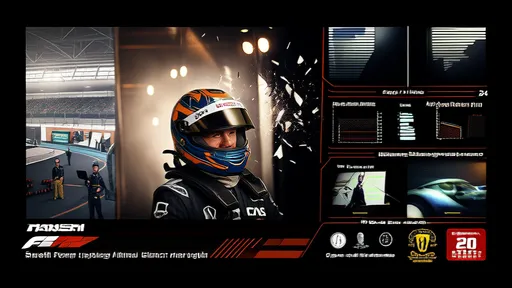
By /Jun 14, 2025
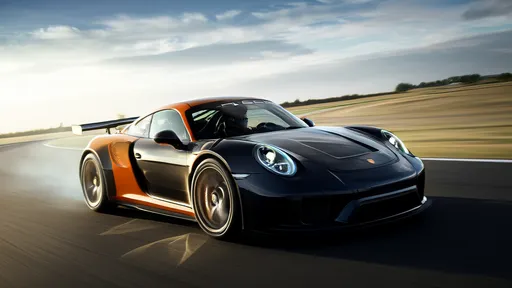
By /Jun 14, 2025
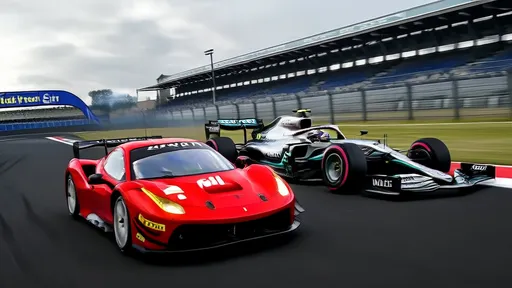
By /Jun 14, 2025
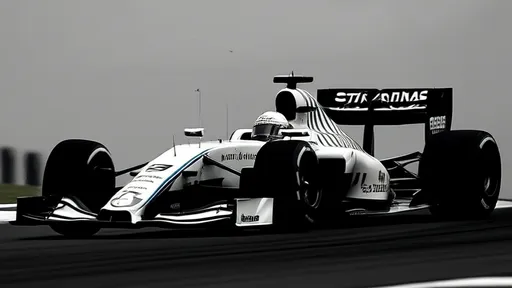
By /Jun 14, 2025
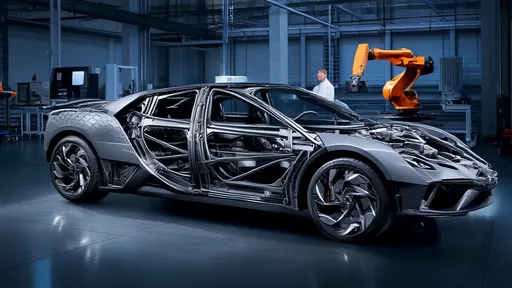
By /Jun 14, 2025

By /Jun 14, 2025

By /Jun 14, 2025
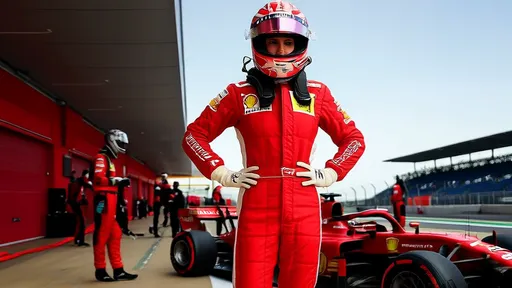
By /Jun 14, 2025